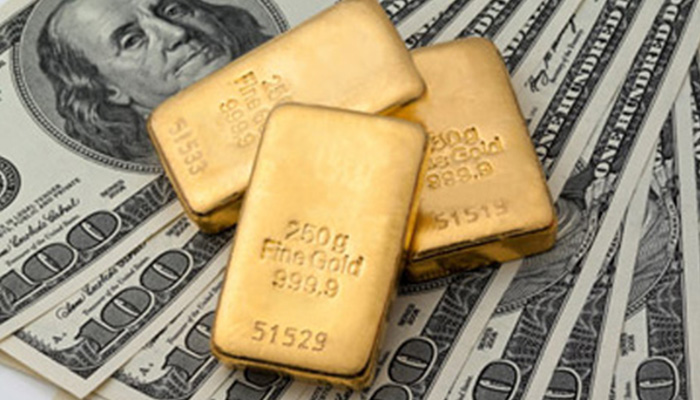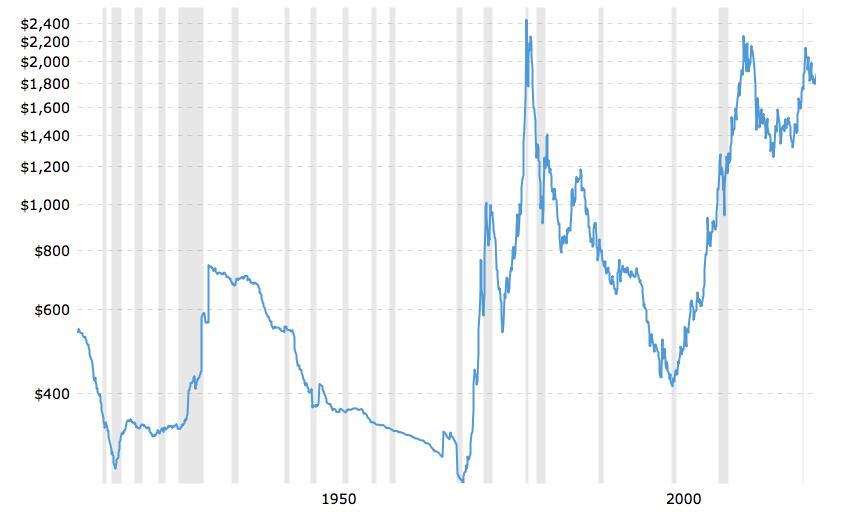You are now leaving the Strong Valley Wealth & Pension, LLC ("Strong Valley") website. By clicking on the "Schwab Alliance Access" link below you will be entering the Charles Schwab & Co., Inc. (“Schwab”) Website. Schwab is a registered broker-dealer, and is not affiliated with Strong Valley or any advisor(s) whose name(s) appears on this Website. Strong Valley is/are independently owned and operated. Schwab neither endorses nor recommends Strong Valley. Regardless of any referral or recommendation, Schwab does not endorse or recommend the investment strategy of any advisor. Schwab has agreements with Strong Valley under which Schwab provides Strong Valley with services related to your account. Schwab does not review the Strong Valley website(s), and makes no representation regarding the content of the Website(s). The information contained in the Strong Valley website should not be considered to be either a recommendation by Schwab or a solicitation of any offer to purchase or sell any securities.

Putting money in precious metals is not like investing in the stock market. Precious metals may be a good hedge for investors facing the myriad of problems with the current global economic environment, especially raging inflation. It might work as a short-term investment but gold doesn’t pay dividends. And it doesn’t pay interest. So what is gold good for?

With so much going on in the world these days, it's easy to overlook the developments in the precious metal markets. Even as governments continue to devalue currencies, central banks across the globe have been accumulating gold. Should investors start considering a small allocation in precious metals as well?
How much you should invest in precious metals, of course, depends on your portfolio and other factors.
In the current global economic environment, precious metals might look like a good short term-investment. Simply put, precious metals may be a good hedge for investors facing the myriad of problems associated with the present economic environment, especially raging inflation.
Many will suggest that a diversified portfolio of tangible assets such as gold or silver could equal about 5% (and sometimes more) of your portfolio. And it’s hard to argue against that being considered a prudent asset-diversification strategy. That is especially true in today's uncertain political and economic environment, there are many (and very sound) reasons to consider investing in precious metals to diversify your holdings.
But keep in mind, precious metals are not like other asset allocations. For example, putting money in precious metals is very different than investing in the stock market.
Even the word "investment" seems a bit out of place here. Gold doesn't pay dividends; gold doesn't pay interest. It's a metal that has historically been used as money. Throughout the world, gold continues to be recognized as money.
As such, it can offer long-term protection as currency is devalued for investors looking to be able to maintain their lifestyles 20 to 30 years down the road.
Most have often wondered about the answer. The answer may not be "absolutely nothing," as in the Edwin Starr song, but it is a lot less than you might think.
The yellow metal has reacted meaningfully during only two incidents in the 44 years since Nixon closed the gold window on August 15, 1971: the 1970s inflation/oil crisis and the 2000s rise of China/financial crisis/debt deflation.
If you looked at a 100+ year historical chart depicting the price of gold, you’d realize that there were really just two significant spikes in the gold price.

The first occurred at the end of the 1970s. It followed the great inflation and two oil shocks and dissipated in the wake of Volcker’s tightening of monetary policy.
Spike two came with the rise of China and the run up of commodity prices in its wake. It continued into the financial crisis. So, gold could have provided a counterbalance to your portfolio during two ugly incidents in financial markets. What about the myriad other crises we have been through over the past four decades?
What did gold do during:
The answer is precisely nothing.
Gold has done well when safe assets, like US treasuries, offer negative real returns. It is only at such times that an asset which earns nothing and may cost you (or the ETF provider) something to store is worth holding.
We are beyond the Fed starting to move away from its zero interest rate policy – that started a while ago. Remember, the all-time low was 0.25 percent, which is effectively zero.
Real rates are likely to be higher across the curve over the next few years. That has turned gold into just another commodity; it will likely remain that way for many years. Someday, when the imbalances have added up and policy makers misjudge events, gold will once again have a moment in the sun.
At best, gold is a useful tactical asset in situations where returns on safe assets turn negative. Those incidents have been relatively rare.
Gold should probably not be a perennial in your portfolio if you live in a place with developed financial markets and the rule of law. It earns no income and serves little purpose.



